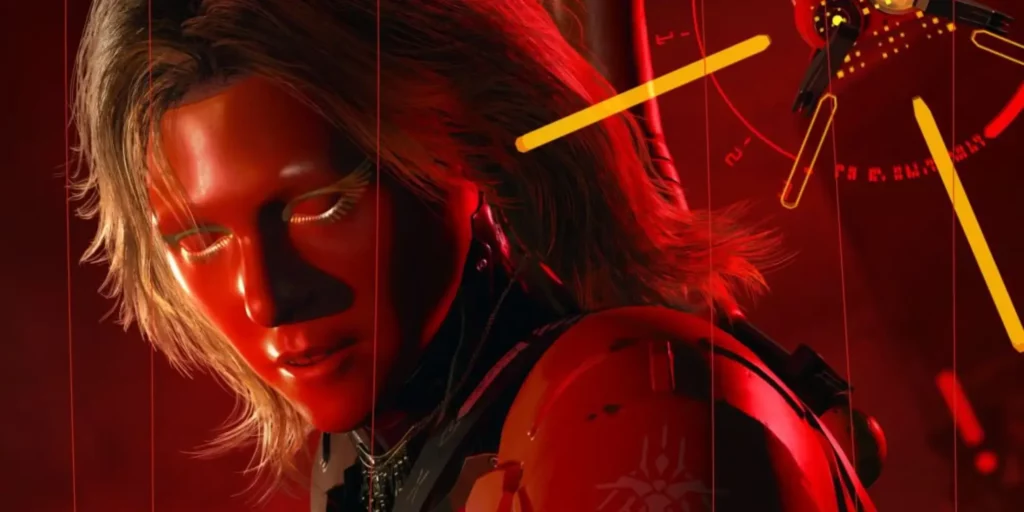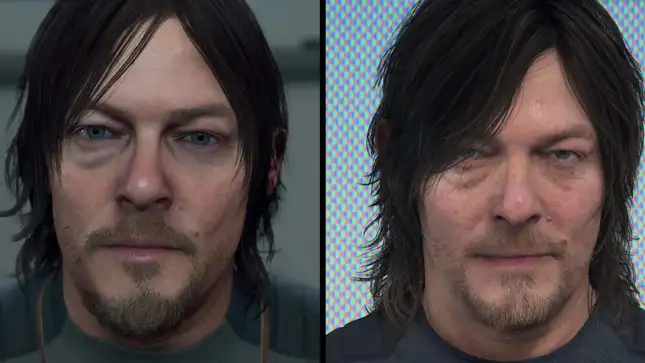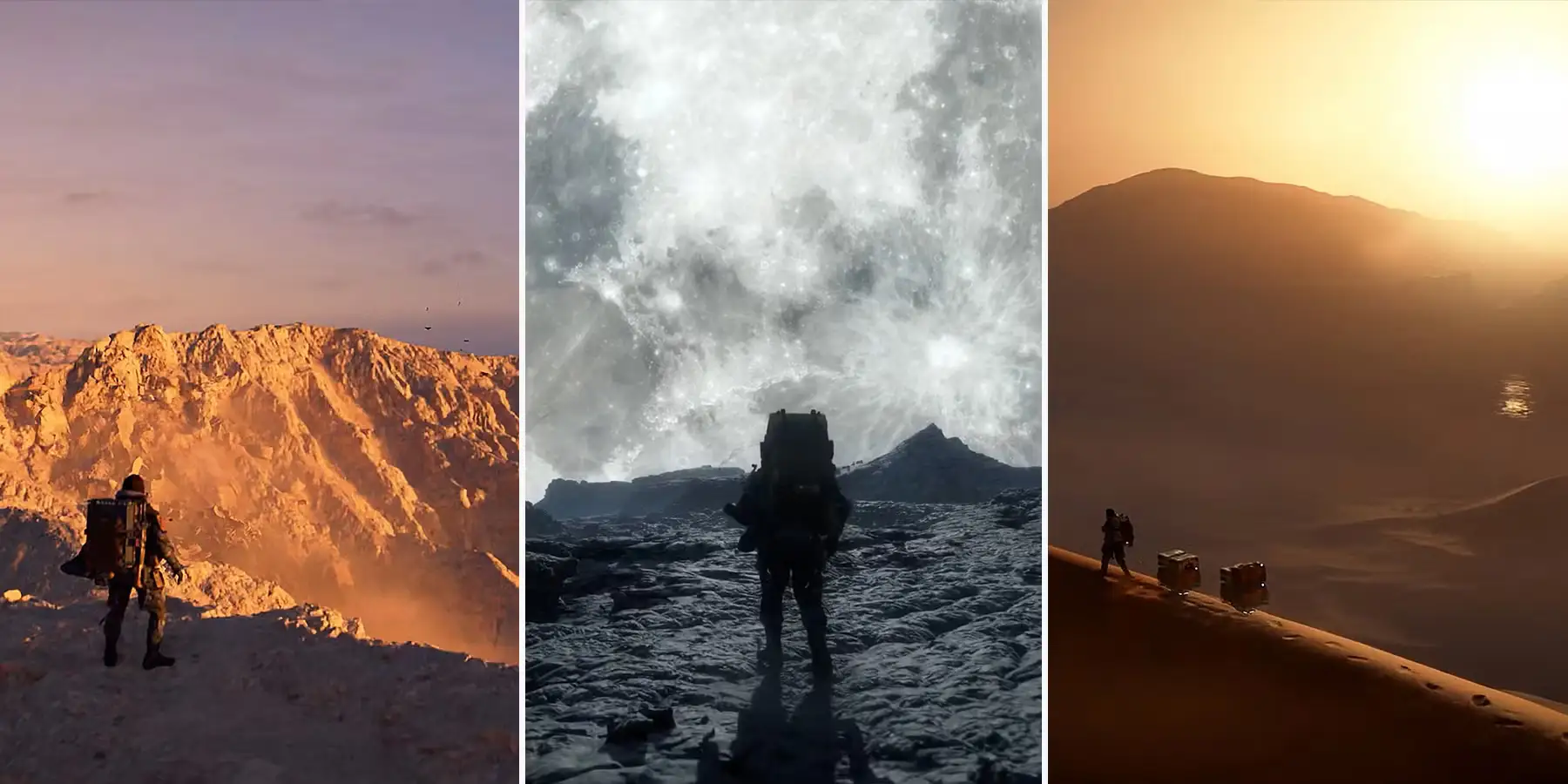Death Stranding 2: On The Beach brings back our beloved apocalyptic courier simulator after more than five years, maintaining its distinctive style while introducing significant changes that set it apart from its predecessor. Let’s see how the original Death Stranding differs from Death Stranding 2.
New Frontiers to Explore
In the original Death Stranding, Sam ventured across America to reconnect isolated communities to the Chiral Network. In the next part, that’s already set up so that we can go broad.
You are now on a mission in Mexico before taking a Plate Gate to get to Australia. The environments you traverse and the climates you must battle through are radically different from the first game, as are the complex characters with whom you’ll come into contact. You will still do battling through tough terrain and using constructions by other players.
Drawbridge Replaces Fragile Express
This time, you’re working with Fragile and their new company, Drawbridge. Fragile herself seems different as she has a second set of hands around her neck for mysterious reasons and now commands a new vessel the DHV Magellan. This ship fished through the tar currents under the Tarman’s control. The ship’s your base for operations and travel about Australia.
In contrast to that of the first game, Fragile’s Beach Jumping, Magellan offers a much easier method. You may load on board your equipment, materials, and vehicles for transport on departure.
Lost Cargo can be received via manual delivery. However, if you fast travel with them, they will ‘eval’ as Magellan. This will cause your delivery rating to lower. The ship is like a base where you can sleep in your own private room, craft gear, leave things with other porters, and store gear and vehicles whenever you want.

Environmental Challenges
Death Stranding 2 has a weather system that is much more sophisticated than that of the original game. While the original DS just had “Rain” and “Not Rain” as the game was set in the eponymous area of Daath, Death Stranding 2 features an ever-changing day-night cycle. Also, the environment will change dynamically which will affect gameplay elements.
The height of rivers depends on the rain that falls. The quakes caused by the Gate are happening more frequently and with more intensity. Dust storms reduce visibility and hamper movement. Bushfires may ignite of their own accord from Chiral Cinder. These environmental hazards can even damage buildings or make access difficult. In fact, they can be so problematic that the mere threat of BT’s may seem better than them.
Australia’s Wildlife
The opening cutscene involving Cryptobiotes and birds in the first game was pretty uneventful. Death Stranding 2 has a fair amount of wildlife. The presence of colourful Australian wildlife such as kangaroos and others is undeniable upon first glance. You can capture these animals and take them to an Animal Sanctuary for protection and research, which is quite essential since the animals have become endangered. Don’t worry, these creatures can breathe easily in their special cargo containers while being transported on Sam’s back.
Enhanced Combat Systems
Death Stranding 2 keeps the first game’s traversal mechanics, but it has expanded or overhauled the combat, stealth, and cargo management systems.
Expanded Close-Quarters Combat
In the first game, it was optional to engage in combat. Moreover, there were strong incentives for players to avoid combat. Death Stranding 2 now offers many new tools and abilities that may encourage you to fight.
In close-quarter battles, you can block and dodge, counterattack, charge the enemy to knock them back or perform various mid-air moves (like in Death Stranding Director’s Cut).
MULEs use Electric Rod weapons that you can equip. These weapons will let you attack enemies in close vicinity or from a distance. You may hit your enemies with a piece of cargo in your hands or throw it.
Diverse Enemy Types
Death Stranding 2 is bringing in different enemy types to match Sam’s new expanded arsenal. Humans are wearing armor more now, while the BTs and their variety Watchers are appearing all over Australia. The Watchers in the sequel can take a lot more damage than Gazers from the first game. If they catch you, you will get overwhelmed quickly.
Mechs are completely new to the series and do not respond to firearms like BTs or humans. Even though you don’t presently require specialized Anti-BT weaponry, you must make sure your arms are capable against particular enemy types. So preparation is more important than ever.

Expanded Weaponry
Death Stranding 2 has features returning weapons such as Assault Rifles, Shotguns, the Bola Gun and Maser Pistol. Along with these, Death Stranding 2 features Lightweight weapons. These lightweight weapons will take up less space and be much easier to carry around. You will also stumble upon different kinds of Decoy Grenades and Pistols and more tranquilizer weapons.
The first game had Tranquiliser Grenades that could be fired from a Grenade Launcher (returning). This time around, you also get a Tranq Pistol and Tranq Sniper Rifle, a brand new weapon class for the series.
These weapons work like those in Metal Gear Solid which have tranquilizer darts that knock out targets immediately in the head. But body shots work more gradually. In the original game, you could easily get your hands on a silenced weapon. However, that won’t be the case in Death Stranding 2. Expect to make noise or keep moving when you use an unsilenced weapon.
Improved Stealth Options
If you prefer to play stealthily in Death Stranding 2, there are options for you.
Streamlined Takedowns
The Tranq Pistol makes stealth infiltration a lot easier and takedowns much more convenient. In the initial game, you could equip the Strand item for knockouts, and you could still do this in Death Stranding 2. But the game now allows you to simply press Circle when behind an enemy who isn’t aware of you to bind them instantly. This means you no longer need to select the item, aim, and attack for each and every takedown.
Enhanced Enemy Tracking
Sam can now permanently tag enemies if he observes them using Compass Mode or from a Observation Tower. The towers work quite well, because you just have to look in the general direction to tag someone, even through walls. These structures require resources to build, so keep an eye on your map for other players’ towers online.
Alternatively, you may utilize your new friend Doll-Man who follows you like Mimir in recent God of War titles. Other than sharing information and chatting, a Dollman may be equipped and thrown up to look around. Though not able to mark foes through barriers, he is a great asset for spying and may even lure enemies away when thrown at them.
Vehicle Improvements
The Tri-Cruiser
The new Tri-Cruiser becomes your starter vehicle instead of the iconic Trike from the first game. It might be less fashionable for porters, but it’s far more usable. With an exposed driver’s seat, Sam can pick up nearby cargo and materials while driving without needing to stop at every turn to jump out and grab the Chiral Crystals and Lost Cargo.
The Tri-Cruiser has the same or less additional cargo and attachments as the old Trike and maintains speed, so it is an upgrade.
Combat While Driving
Sam can now use firearms while driving certain vehicles. You can control your vehicle, aim your weapon, and fire your weapon all at once. To learn this skill requires practice and you will crash a few times before you master but it helps in the time of crisis or using automatic driving in restored roads and highways.
Automation Features
In the end, you can create gun attachments for cars capable of automatic aiming and firing – an excellent asset for taking on the enemy. There’s also a sticky gun you can have that automatically collects any cargo and materials nearby, letting Sam relax while enjoying the view.
Streamlined Cargo Management
The original Copper 13’s Cargo Menu was cumbersome and has been changed. You don’t have to get into the full menu simply to optimise Sam’s load anymore.
In the cargo quick menu, you will find an “Auto-Arrange Cargo” button. The quick Offload menu also contains options to offload all material containers, drop what cannot be used, or remove the entire backpack. This last one can be useful for stashing deliveries before facing Brigands or BTs.
In places where the complete Cargo menu is needed, an option appears in the radial wheel or pause menu.
Expanded Transportation Infrastructure.
Monorail System
Besides bringing back Road Pavers for any roads vehicle paths, Death Stranding 2 includes a Monorail transport system. This network is a great way to transfer materials and vehicles, as well as yourself, between the major hubs.
However, neither roads nor monorails connect all locations, so you’ll need to reconstruct both networks for complete freedom across Australia.
Ziplines are back and important for crossing mountains and making short routes. Even at ground level, you can use Monorail Ziplines for the travel underneath elevated carts.
Resource Management
More materials are needed for the expanded transportiation. You can collect and transport materials in different ways in Death Stranding 2.
Mines across Australia trade Chiral Crystals for materials. After resources have been loaded, simply use the DHV Magellan or Monor.
